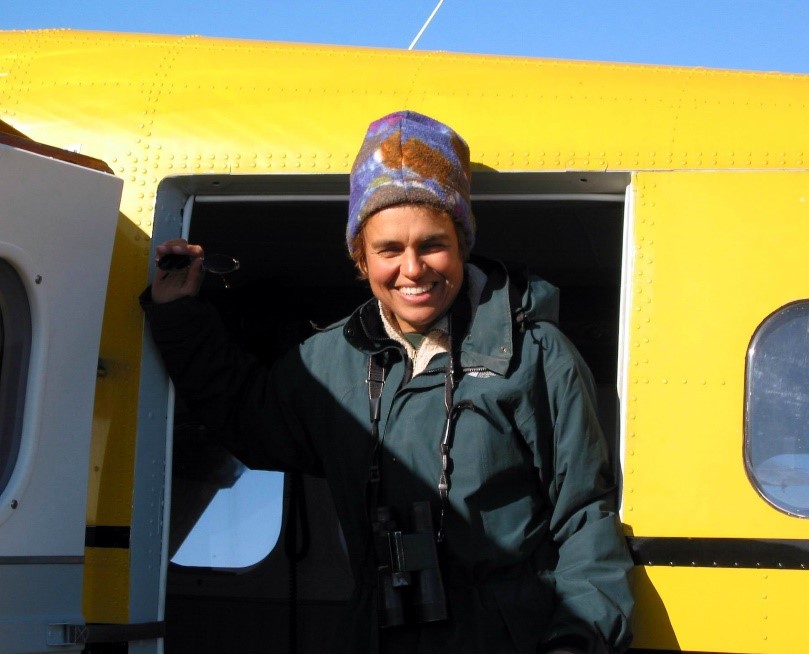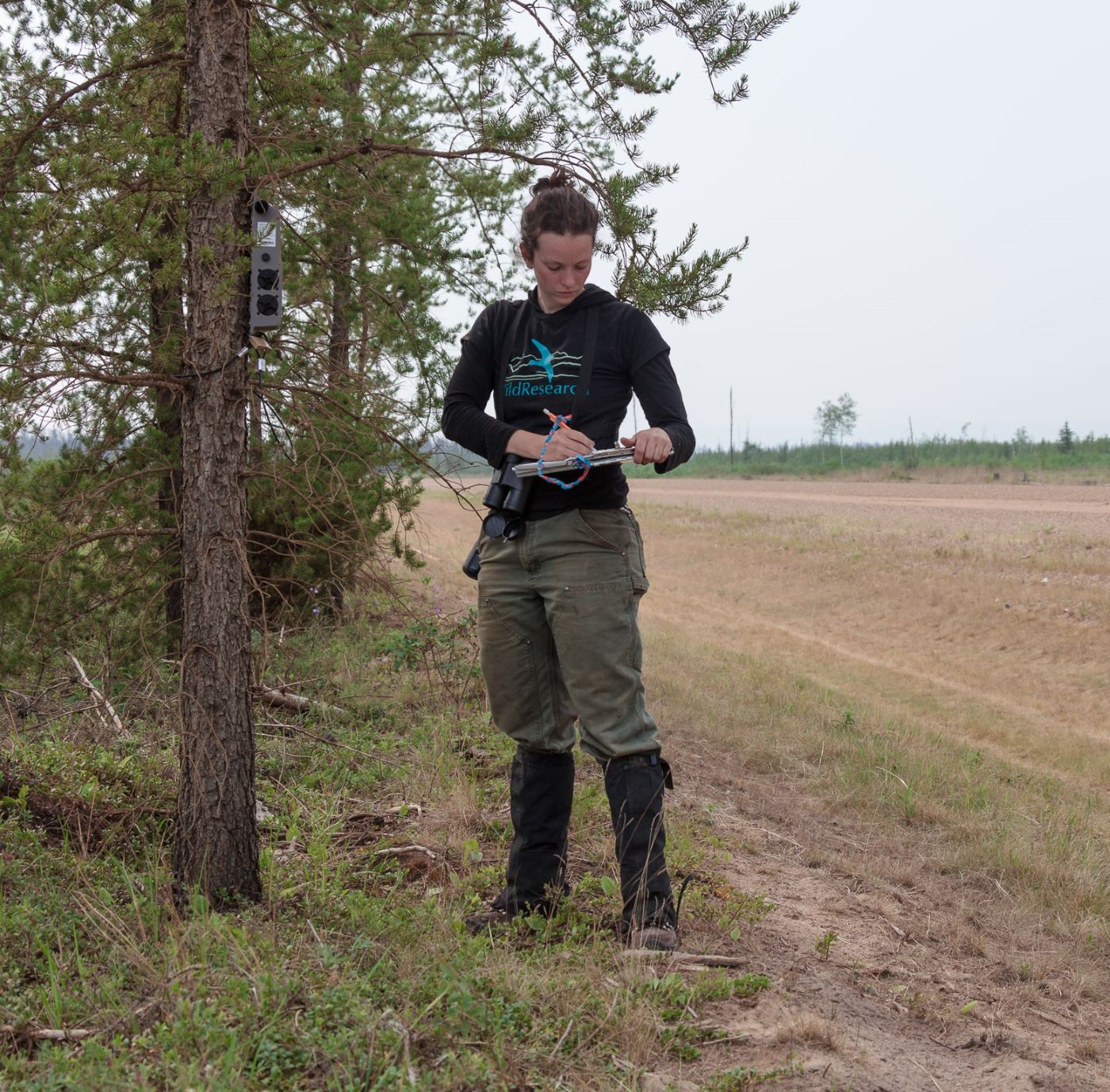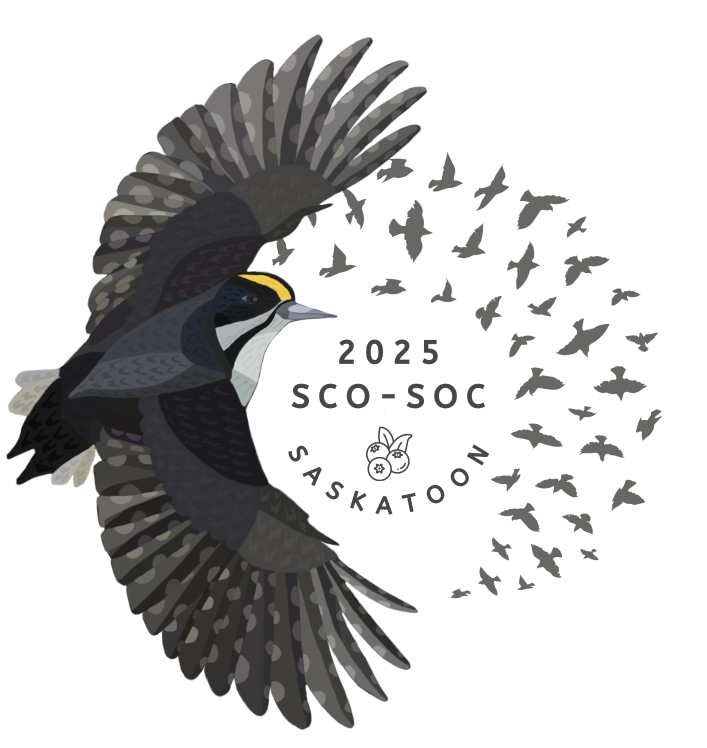Dr. Bob Clark
Abstract
Wetlands alleviate impacts of land use change and climate change on avian demography: strengthening the case for prairie wetland conservation
Wetlands are among the most productive ecosystems in the world, and yet are under threat globally due to agricultural and urban expansion, and pollution. In the Canadian Prairies, an estimated 40-70% of historic wetlands have been drained or degraded in some areas, mainly for agricultural development. Conversion of wetlands and adjacent riparian habitat to cropland has adverse impacts on wildlife habitat, wetland function and biodiversity, and has also created disagreements between crop producers who benefit from wetland drainage and others who bear the direct (e.g., flooding) and indirect (e.g., public disaster relief) costs. To build a broader case for prairie wetland conservation, our research teams have focused on how wetlands affect foraging behaviours, demographic rates and population trends in focal species of waterbirds and aerial insectivores. During chick-rearing, foraging swallows make higher-than-expected use of pond habitats and generally avoid croplands. Annual productivity in dabbling duck communities, and nestling body mass and subsequent offspring recruitment in tree swallows, are positively associated with pond abundance. We also find that positive impacts of pond abundance are stronger in heavily-cropped versus grassland-dominated areas for both northern pintail populations and reproductive success in tree swallows, suggesting that wetland retention can to some extent offset adverse effects of intensive cropping. Beneficial effects of wetlands on birds may be especially profound in agricultural areas, where wetlands often represent the only remaining natural habitat and ponds produce abundant, nutrient-rich food resources for diverse communities of aquatic and terrestrial consumers. In general, drainage creates negative impacts on wetland services such as biodiversity, flood risks, and agrochemical pollution. However, finding effective ways to surmount the convenience and economic benefit of drainage to crop producers remain key challenges to wetland conservation.
About Dr. Clark

Dr. Bob Clark is an Emeritus Research Scientist with ECCC. He worked at ECCC for over 34 years, and was an Adjunct Professor, Department of Biology, University of Saskatchewan. Bob has been incredibly fortunate to collaborate with many wonderful colleagues, including students, in NA and EU. Key team-based questions have focused on reasons why bird populations vary, what to do about low populations, and whether and how management actions affect habitat selection and demographic patterns. The role of wetlands has been a centerpiece in conservation research efforts.
Dr. Erica Nol
Abstract
Shorebird research through the ages: conservation insights through observation and technological advances.
Shorebirds are ideal subjects for understanding the relationship between global change and bird populations, both at fine and coarse grains of study. Shorebirds are also declining at rates that rival those of grassland birds, so they warrant considerable research attention. I will describe the highlights of my nearly half century of research on Canadian shorebirds, with emphasis on the insights to be gained from using different methodologies, and the lessons for conservation. Early observational methods demonstrated the importance of temperature for all phases of the reproductive cycle for both temperate and arctic-breeding shorebirds. Studies of how the effects of temperature interact with habitat characteristics have shown the important modifying influence of cover at the microhabitat scale. Behavioural traits by the birds can also modify the influence of temperature at nest sites. At larger scales, changes in weather patterns have shifted breeding distributions of sub-arctic breeding shorebirds, and during migration, changed elements of migration such as stopover duration, migration speed and direction. Use of telemetry and remote-sensing methods have elucidated important migration routes for both well-known and less studied shorebirds. These insights have been useful in identifying stopover locations, which has made it easier to implement conservation measures that benefit this diverse and important group of birds.
About Dr. Nol

Dr. Erica Nol is a Professor Emeritus of Trent University in Peterborough, ON, where she has just retired from 38 years of teaching undergraduates and, with a large group of wonderful colleague co-supervisors, guiding the research of more than 70 talented graduate students. Graduate students worked on the projects described, as well as extensive research on songbirds in the settled landscapes of Southern Ontario. The shorebird projects were carried out across the arctic and sub-arctic, including Churchill, Manitoba, Southampton Island, Nunavut, the Mackenzie Delta, Northwest Territories, and central Nunavut, and then through migration and non-breeding grounds of shorebirds in coastal U.S.A, Cuba, and Venezuela. Erica continues to have a reduced research program, exploring new opportunities, primarily along the Hudson Bay coastline.
Dr. Elly Knight
Abstract
Deep learning and data integration for improved bird conservation
The field of ecology is undergoing a shift towards new technologies like remote sensing that have the potential to help us tackle wicked problems. However, those new technologies produce new data types, which complicates their use. Careful attention to old and new methods not only ensures compatibility, but can also offer opportunities to make better use of traditional data types. I’ll present two major tools that can help make the best use of big data: 1) deep learning classification models to maximize the information that can be obtained from remote sensors like acoustic recording units, and 2) statistical tools that allow for the integration of traditional survey methods with new technologies. I’ll use existing examples from my research and others to summarize how these two tools can improve our understanding of ecology, particularly for acoustic species, and where future research is still needed. I’ll then put these tools together with multiple data types to look at what minimizing data waste might look like in an adaptive monitoring and management framework. I’ll end by highlighting the concurrent shift in ecology towards collaborative, cross-disciplinary research that makes working with big data possible.
About Dr. Knight

Elly Knight is the Director of the Boreal Avian Modelling Centre at Biodiversity Pathways and an Adjunct Professor in the Department of Biological Sciences at the University of Alberta. She is an applied ecologist interested in how environmental variation across temporal and spatial scales affects the ecology, distribution, and abundance of wide-ranging species. Her motivation in understanding that variation is to inform when and where wildlife conservation efforts will be most effective. Elly believes strongly in collaborative, integrative research because it facilitates knowledge transfer, standardizes datasets, and maximizes funding available for conservation.


